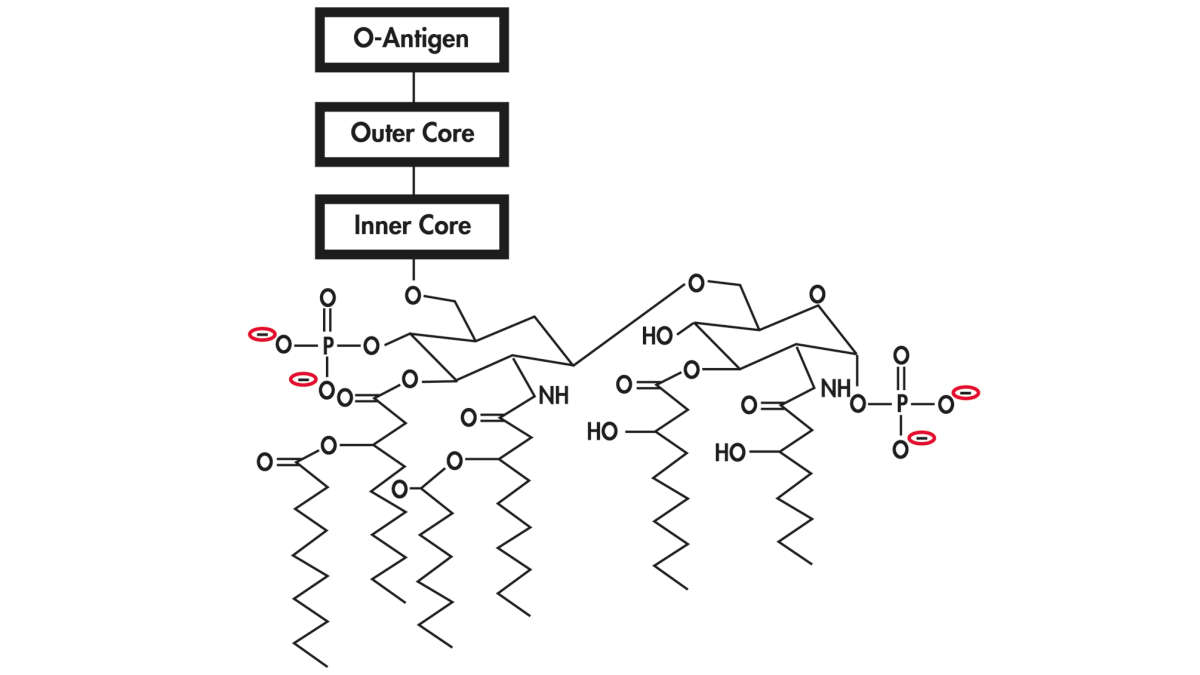Endotoxin contamination of different plasmid preparation methods
The chemical structure and properties of endotoxin molecules and their tendency to form micellar structures lead to copurification of endotoxins with plasmid DNA. For example, in CsCl ultracentrifugation, the CsCl-banded DNA is easily contaminated with endotoxin molecules, which have a similar density in CsCl to plasmid–ethidium bromide complexes.
On size exclusion resins, the large size of the micellar form of endotoxin causes the molecule to behave like a large DNA molecule; and in anion-exchange chromatography, the negative charges present on the endotoxin molecule can interact with anion exchange resins, thus leading to copurification of endotoxins with the plasmid DNA. However, the level of endotoxin contamination found in plasmid DNA is dependent on the purification method used . QIAGEN Plasmid Kits and 2x CsCl gradient centrifugation both yield very pure DNA with relatively low levels of endotoxoin. Silica slurry-purified DNA contains significantly higher endotoxin contamination. DNA purified with EndoFree Plasmid Kits contains only negligible amounts of endotoxin (<0.04 EU/µg plasmid DNA) (see table Endotoxin contamination and transfection efficiency using various plasmid preparation methods).
Endotoxin contamination and transfection efficiency using various plasmid preparation methods
| Plasmid preparation method |
Endotoxin (EU†/µg DNA) | Transfection Efficiency |
|---|---|---|
| EndoFree Plasmid Kits | 0.04 | 154% |
| QIAGEN Plasmid Plus Kits | <1.0 | 100% |
| QIAGEN Plasmid Kits | 9.3 | 100% |
| 2x CsCl | 2.6 | 99% |
| Silica slurry | 1230 | 24% |
